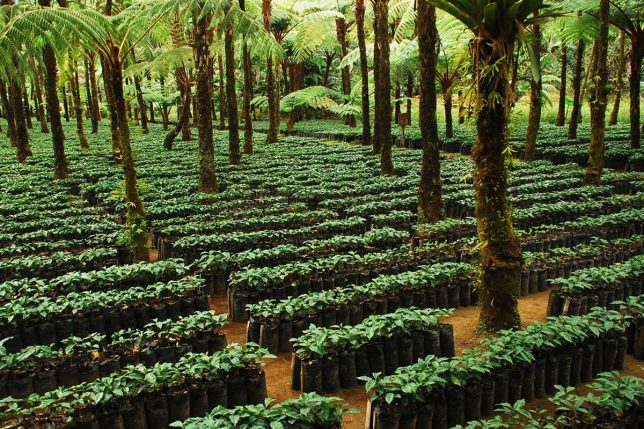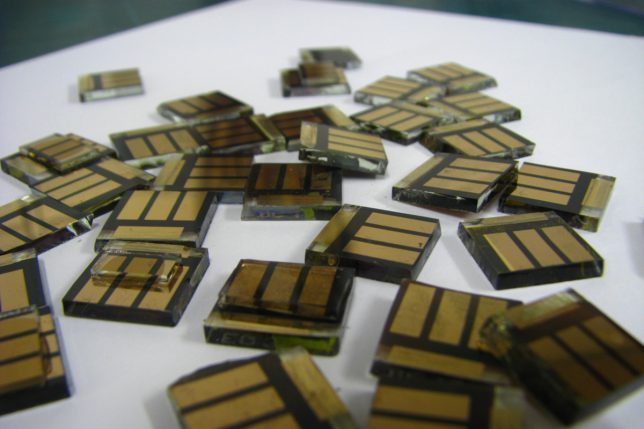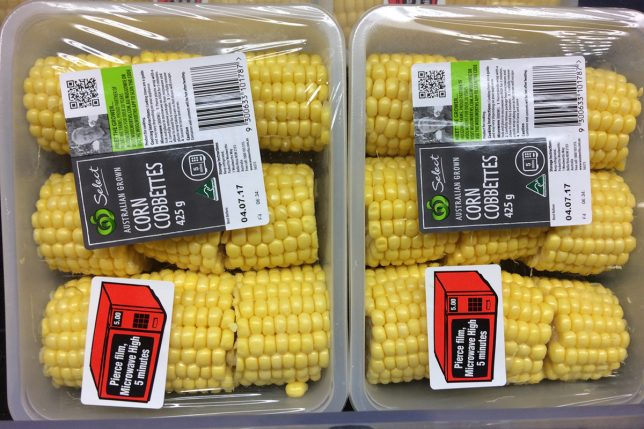There are so many eco-labels out there these days. How can I tell which ones are valid and not just “greenwashing”?
– Penny Rasmussen, Calumet, MN
With countless products now available labeled as “eco-friendly,” “safe for the environment” or “organic,” it’s hard to know which ones are actually good for the planet. Many are legitimate, but lots of others feature deceptive or unsubstantiated claims. And even the legitimate labels vary a lot in meaning. Truly valid ecolabels are awarded by independent third parties, not the companies who sell products on which they’re featured. These days many companies are placing misleading claims and nonsense labels on their products to create the illusion of environmental friendliness, a practice known as “greenwashing.”
Third parties, on the other hand, require that products meet certain specific criteria before granting the right to display their eco-label. When we know they are trustworthy, eco-labels can serve as a potent means for altering consumer behavior in a way that benefits the environment.
There are some common eco-labels that we can vouch for given decades of trustworthy certifications. The U.S. government’s ENERGY STAR label identifies products, devices, and appliances that meet stringent energy efficiency standards. If you buy an ENERGY STAR certified dishwasher, you know you’re saving energy (and money) versus other models that don’t qualify.
Another trustworthy eco-label seen often on coffee, fruits, tea, paper or furniture is “Rainforest Alliance Certified,” a designation for foods and building materials sustainably sourced from tropical rainforests. The non-profit Rainforest Alliance runs this program in part by vetting producers throughout the tropics.

If you like to know the products you buy are sourced sustainably by workers who were not exploited and were paid a living wage, look for the “Fair Trade Certified” label. Almost a million workers across 45 different countries currently benefit from the sourcing or production of Fair Trade items.
Meanwhile, the “Certified Organic” label signifies that food contains at least 95 percent organic ingredients. Plant-based foods bearing this label have not been treated with petroleum-based fertilizers or conventional pesticides, and have not been genetically modified. You can rest assured that any “Certified Organic” animal products you consume have not been treated with antibiotics or growth hormones and were fed organic feed and allowed access to the outdoors. And any products labeled “Made with Organic Ingredients” contain at least 70 percent organic ingredients.
Some other trustworthy labels include LEED, GreenSeal, FSC-Certified, Salmon-Safe, WaterSense and Non-GMO Project Verified. If the label in question isn’t mentioned above, it might be worth investigating. Sharing what you know about eco-labels, whether by word-of-mouth or via social networks, is a fantastic way of helping the environment. As awareness grows, those you have enlightened will be able to exert an ever-greater positive force upon the market.
CONTACTS: ENERGY STAR; Rainforest Alliance; Fair Trade Certified; USDA Certified Organic; LEED; Green Seal; Forest Stewardship Council; Salmon-Safe; WaterSense; Non-GMO Project Verified.
EarthTalk® is produced by Roddy Scheer & Doug Moss for the 501(c)3 nonprofit EarthTalk. Send questions to: question@earthtalk.org.


